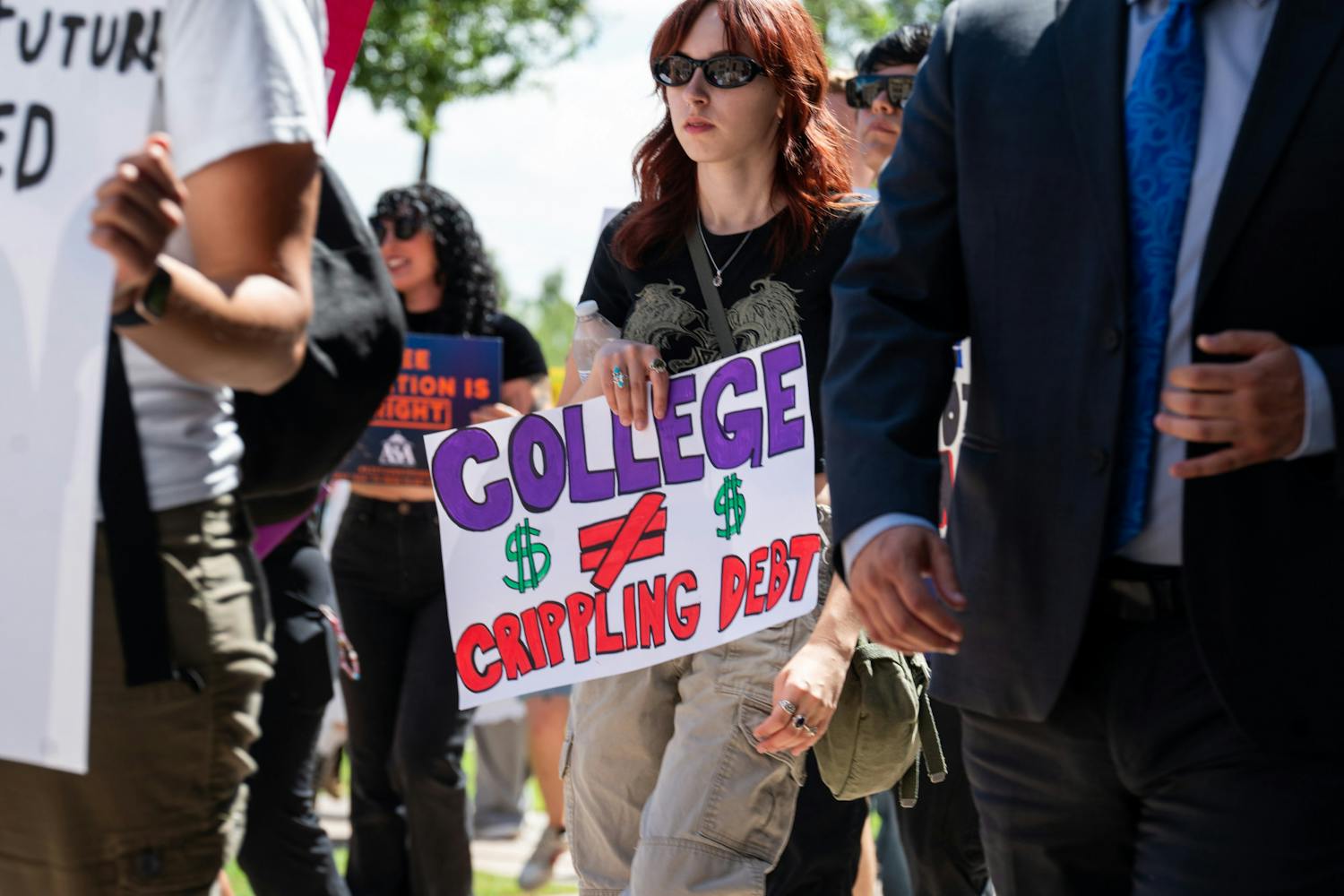Like many people, performance artist Jeff McMahon hasn't quite sorted out all his feelings about the 9/11 attacks.
But he believes that an open dialogue about the emotions inspired by that seminal day is crucial in the national healing process. And he believes that artistic exploration is a good way to engage such a dialogue.
"9/11 has made us realize that we are not immune to larger world issues," McMahon said. "Maybe we've been too focused on ourselves. Art can be a way of reminding people of their connection to other people."
The consummation of McMahon's desire to connect is , his solo, multi-media performance piece, which he will perform at no charge on the Intelligent Stage upstairs in the Matthews Center from April 11-14 at 7:30 p.m.
Heel is McMahon's exploration of the 9/11 attacks, his feelings about them and the issues surrounding them.
The show is not easily described, and in McMahon's own words is not a "traditional" solo performance. In it McMahon will act as narrator and play various characters including a 19th century American imperialist and the prime minister of Italy, among others.
He will also read his own words and the words of others (he opens the show, for example, by reading from The New York Times Review of Books), and incorporate video and audio clips for a diverse and challenging presentation.
McMahon says that the Intelligent Stage, created by ASU's Institute for Studies in the Arts, is an ideal place for his show. Among other physical advantages, the stage allows for "very interesting sound design," which he merges with video, most of which he shot himself, and action.
The show does not aim at an emotional catharsis (a term that he claims is overused), or follow a traditional narrative. Instead McMahon devises "emotional peaks and valleys" and "shifts" which are meant to jar and challenge the audience.
The artist says that he avoids a catharsis - a climatic emotional release - because it is too tidy an emotional wrapping up for such an emotionally untidy experience. He wants to "avoid sentimental response and go for real emotions."
The title of the show has a double meaning, both for a boot that he uses as a prop - which becomes alternately a bomb and an airplane, among other representations - and as a homonym for the word "heal."
McMahon, a long time New Yorker, had only recently moved to Arizona before the attacks and said that he was "devastated by them." "I felt that we were suffering," McMahon said. "I feel that we need to heal."
But McMahon acknowledges that people won't heal quickly, and he calls his show "a counter-attack on the culture of closure and forgetting."
"When you close over a wound that's still infected, it makes it a lot worse," he said.
"We need to examine the wound, its symptoms, its disease." He believes that Heel is an opportunity to "look over [the 9/11 attacks] a little more closely."
McMahon feels that his style of performance art encourages "thinking in a visceral way." He says that there is a lot of jumping between characters and ideas, and he describes the show as "simultaneously physical, emotional, sensorial, intellectual and reflective."
"I liken [Heel] to what we do in our lives. We move and talk and think simultaneously - a jumping about. We don't always move in a logical or linear way," McMahon said.
In discussing his creative inspirations McMahon said that he is very influenced by media and focused on topical and political events.
In addition, his performance comes out of a lot of free association. "I tend to go into the studio, move, talk to myself. Whatever is in my mind tends to come out," McMahon said.
McMahon has had a long and varied career in the arts. He has performed and taught throughout the United States and Europe and has had his dance films shown worldwide. In 1998 he received a Master of Fine Arts degree from the writing program at the School of the Arts at Columbia University. Additionally, he has received eight fellowships from the National Endowment of the Arts.
McMahon came to ASU in August 2001 to fill the position of Resident Artist Fellow/Senior Lecturer in Theatre at the Institute for Studies in the Arts in the Herberger College of Fine Arts.
McMahon praises the ISA for its commitment to the arts and said that very few places exist like it in the country.
"In America we don't put a lot of money into researching the arts. I was impressed by a institution that saw arts as a valid form of scholarship," McMahon said.
McMahon said that it is hard to gauge the artistic outflow from the 9/11 attacks. "I don't know where we are in our artistic response to this. I hope it is not played out. It doesn't mean that once the topicality is gone that the issue is over," he said.
McMahon wants his work to provoke and awaken. "Hopefully art opens up a new part of our consciousness - that it expands us in some way."
Reach Michael Green at starbury@cox.net.




